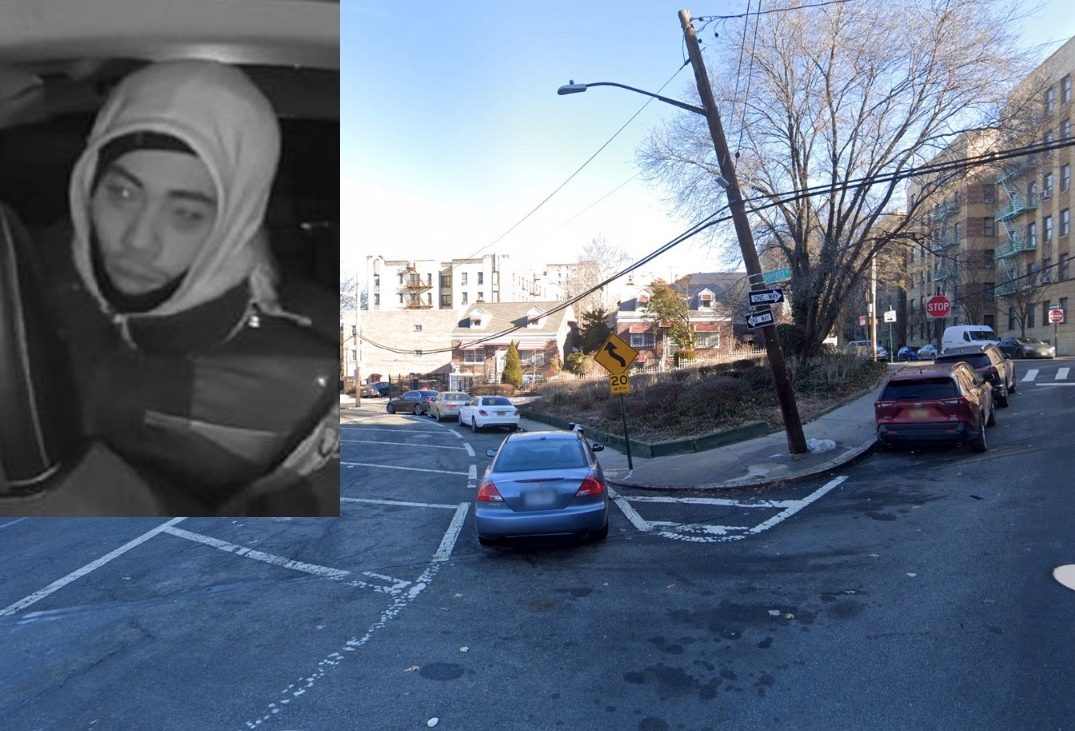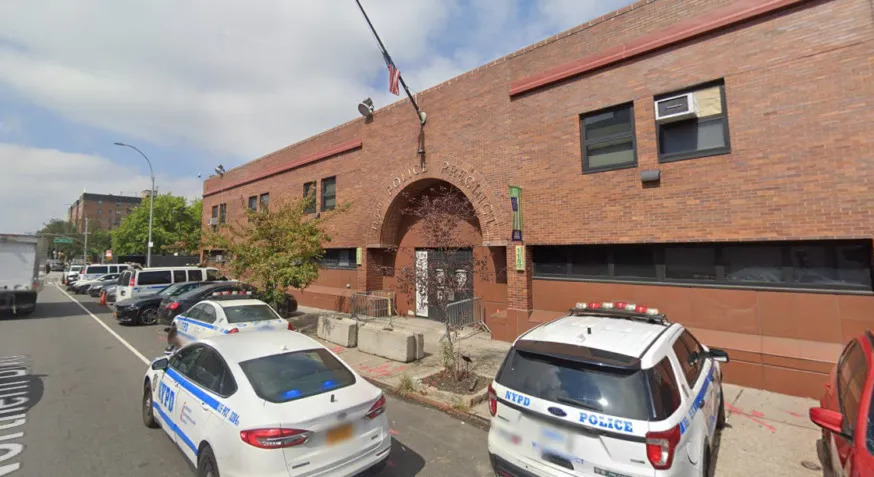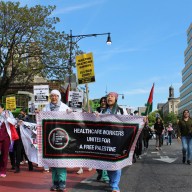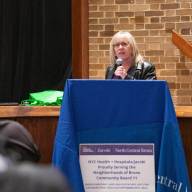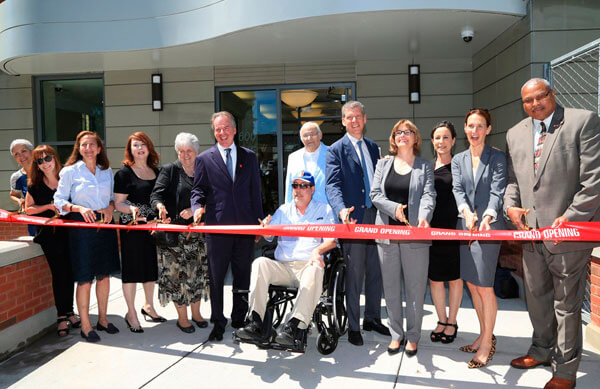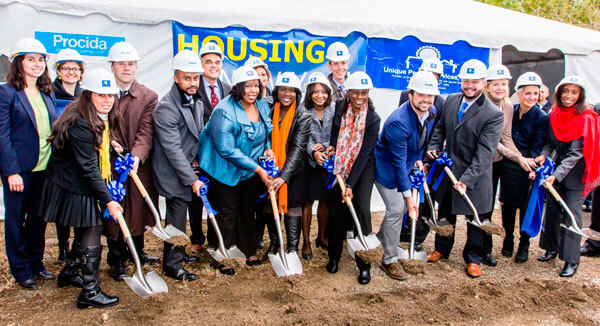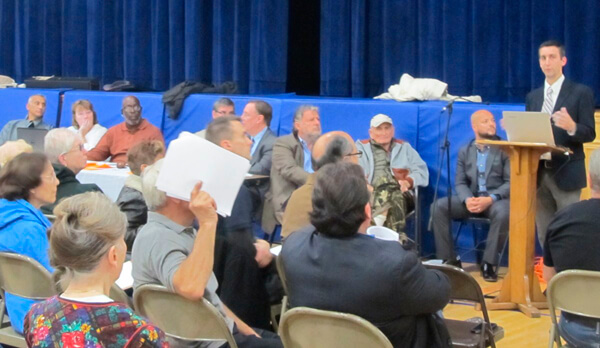The number of homeless ‘cluster sites’ in the borough continues to drop, with some areas experiencing new homeless shelters.
The proliferation of cluster sites – individual apartments rented by the city to house homeless families – continues to decline with an announcement on Wednesday, April 11 that an additional 158-units in the borough, including a concentration near Hunts Point, are slated for closure and conversion into affordable housing.
The city is gradually phasing out 360 cluster sites and building 90 newer and smaller shelters citywide, including several in the borough, while temporarily housing homeless families in hotels as they transition to their new, permanent homes.
The NYC Department of Homeless Services has announced that it will be opening or has recently opened a number of homeless shelters in the borough to relocate families.
These include the following locations: 480 E. 185th Street, servicing LGBTQ young adults, ages 21- to 30-years-old; 2346 Prospect Avenue, 5731 Broadway and 1792 Lafayette Avenue to house families with children; 233 Landing Road for employed single adults; 500 E. 134th Street for adult families; and 3600 Jerome Avenue and 360 E. 193rd Street, both housing single adults.
The closing of an additional 800 units of cluster units was announced citywide in December 2017, with 70 percent of all the cluster units being in the borough.
The cluster closings are part of a citywide initiative that Mayor de Blasio announced in February 2017 called Turning the Tide on Homelessness in New York City.
The Wednesday, April 11 announcement by Councilman Rafael Salamanca and Steven Banks, NYC Human Resources Administration and NYC Department of Social Services commissioner, touched on cluster locations operated by a company called LCG.
Banks told the Bronx Times that LCG’s cluster sites would be closed by (the start of the city’s next fiscal year) on Sunday, July 1, with the apartments converted into rent-stabilized units as per the city’s cooperation with the state’s Homes and Community Renewal, which oversees rent-regulated units.
Overall, the city has reduced the total number of cluster apartments by 70 percent or over 1,700 units, said Banks, who oversees DHS.
The councilman said that 45 LCG units were in his district.
“This step of getting out of the LCG units is just further progress we are making both in the council member’s district and borough-wide,” said Banks.
Salamanca said that many of the apartments are in buildings that are in need of repair, and that oftentimes, landlords have neglected the buildings with scatter-site housing, meaning that rent-paying tenants aren’t getting the level of services they are accustomed to.
“In a lot of these units, the provider is not inspecting them correctly, or they are partnering with slumlords who are not doing right by these families who very vulnerable and are part of supportive housing,” said the councilman. “Getting these families into affordable housing is a big win for us.”
By moving out homeless families to new homes, the apartments can once again go back on the market as rent-stabilized units, said Salamanca, adding that affordable housing is one of his top priorities.
“The beauty of this is there is a big need for affordable housing, especially in my community, and these cluster sites basically took these units off-line,” said Salamanca.
The 18-year-old cluster program resulted in homeless families being in scattered units that limited the ability to provide them with social services, said Banks.
Salamanca also said that he was concerned that landlords, in his opinion, were taking advantage of the situation by reaching out to non-profits to house homeless families and charging far above market rates for apartments.
In an adjoining district to Salamanca’s, Councilman Ritchie Torres, which according to a previous Bronx Times story had the city’s highest number of cluster units, is monitoring the situation.
“I fully support the mayor’s plan to close cluster sites, which have been shown to be a threat to both public safety and permanent housing,” said Torres. “That being said, I have made it known to the DHS commissioner, both publicly and privately, that I have serious concerns about the concentration of shelters in the Bronx and the inequitable siting of shelters citywide.”
Banks indicated that they are aware of the concerns and are committed to making sure that every part of every borough in the city hosts shelters.







